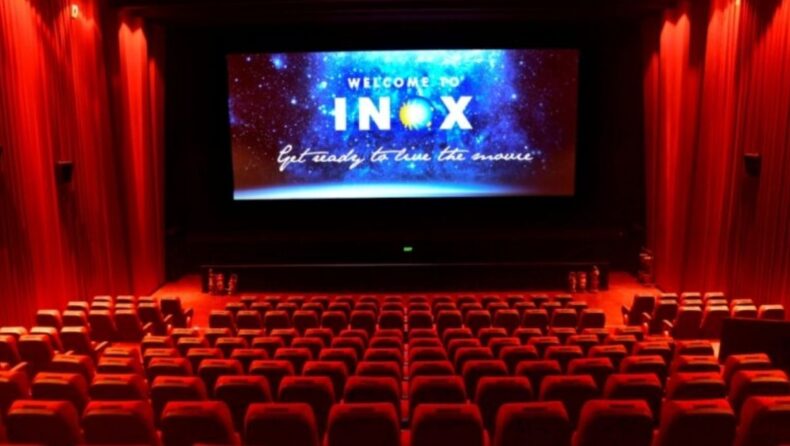On Sunday, the boards of PVR Ltd and Inox Leisure Ltd, India’s two largest multiplex chains, authorised an all-stock merger, creating India’s largest cinema exhibition firm with over 1,500 screens.
PVR told stock exchanges on Sunday that while current multiplex screens will keep their trademarks, future cinemas opened after the merger will be branded as PVR Inox. PVR Inox Ltd. will be the name of the merging company.
Inox promoters would control 16.66 per cent of the combined business after the merger, while PVR founders would own 10.62 per cent. The transaction’s sole financial counsel was EY, a consulting firm.
Ajay Bijli, the chairman and managing director of PVR, would be the amalgamated entity’s managing director, while Sanjeev Kumar Bijli would be the executive director. Inox’s chairman, Pavan Kumar Jain, will be named non-executive chairman.
In the combined firm, Inox director Siddharth Jain will be appointed as a non-executive non-independent director. The merged company’s board of directors would be made up of ten directors, with two seats each for the two promoter families.
Reasons for the Merge
- After pandemic-led theatre closures and the surge in popularity of streaming platforms, the theatre business has consolidated.
- According to analysts, the cash crunch created by the extended shutdown has made it difficult for cinema chains to invest in new buildings and simpler to cooperate with competitors to increase screen count.
- In an interview, Ajay Bijli of PVR, said that “there is no doubt that the theatre industry has been severely affected by the pandemic, making it one of the few businesses in the world to reach zero avenues.”
- He said, “They believe in the long-term storey of the theatrical business, and mergers have always been on the table because this industry is about consolidation and scale.”
- The merger will give the industry the impetus to make up for the losses of the past two years and build scale in the form of more cinema openings, Bijli added. However, challenges for the industry continue to exist in the form of deep-pocketed over-the-top (OTT) video streaming behemoths, Bijli said, and the consumer is now used to watching content at home.
- According to Bijli, the merger will provide the business with the momentum it needs to make up for losses over the last two years and expand scale through more movie theatre openings.
- However, strong over-the-top (OTT) video streaming powerhouses continue to pose hurdles for the industry, according to Bijli, and consumers have grown accustomed to consuming content at home.
- He also pointed out that the two companies want to open 180–200 new screens per year together, particularly in small towns and the hinterland, which are grossly under-screened.
Published by – Kiruthiga K
Edited by – Kritika Kashyap













